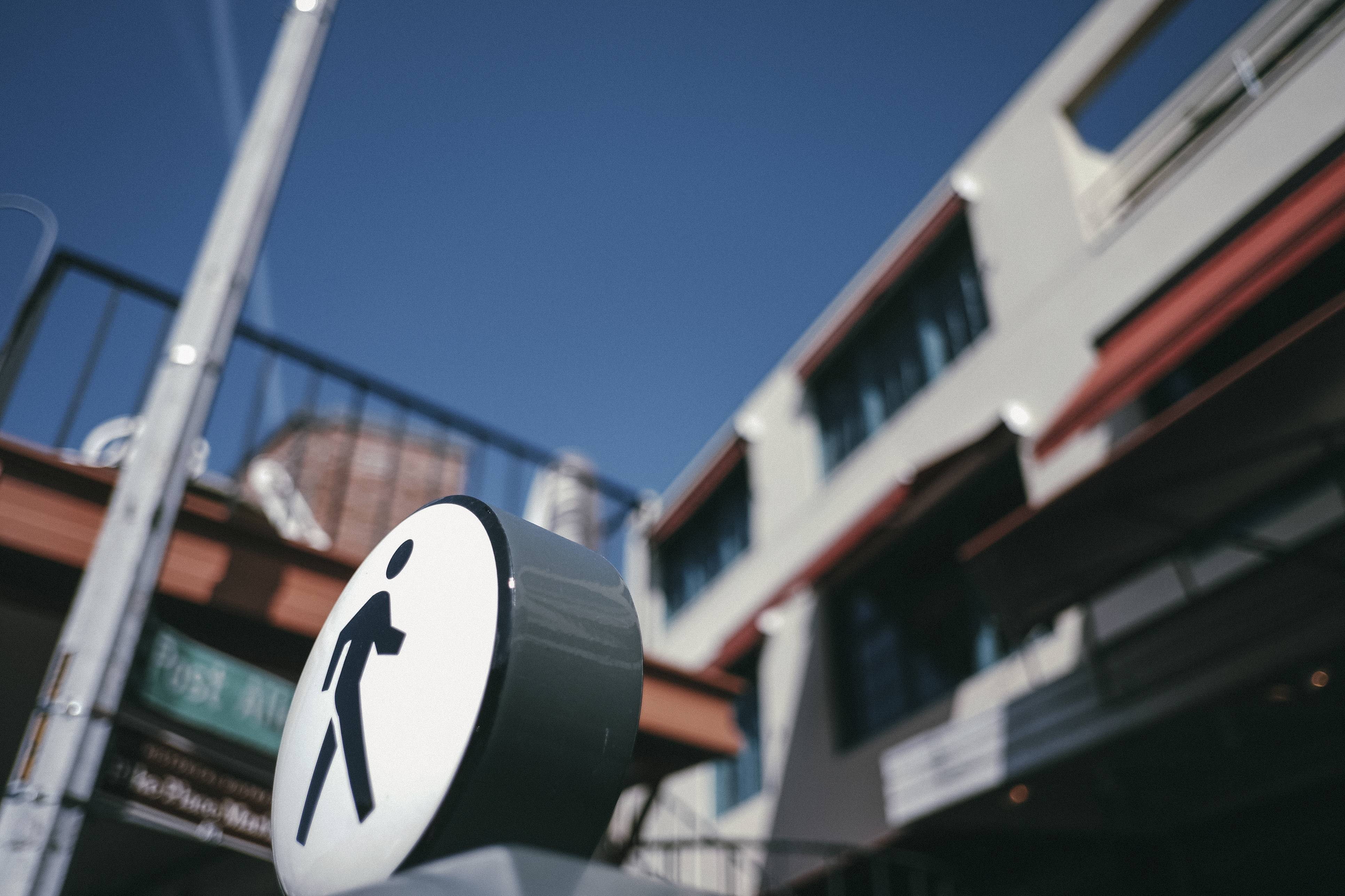AARP Hearing Center

One of the challenges Myrtle Beach faces as a tourist destination that swells from a permanent population of 30,000 to over 450,000 during the summer months is the need to accommodate multi-modal users. The City of Myrtle Beach has been busy at work for the past four years addressing pedestrian and bicycling issues in the city. In 2013 the Planning Commission appointed a Bicycle and Pedestrian Subcommittee to begin creating objectives to be included in a bicycle and pedestrian master plan. In 2014 City Council appointed the Bicycle and Pedestrian Committee as a standing committee to begin addressing bicycle and pedestrian safety issues and create a Pedestrian and Bicycle Master Plan for the city.
In late 2014 the City became a 2014 Voices for Healthy Kids: Active Places Technical Assistance recipient from the Safe Routes to Schools Community Partnership Program. The City used this technical assistance to develop a complete streets policy which was adopted by City Council on June 25, 2015.
On September 1-3, 2015 the City was selected as part of the Mayor's Challenge opportunity to have a bicycle road safety audit conducted by consultants from the Federal Highway Administration for a portion of Ocean Boulevard. In addition to bicycle improvements, the audit demonstrated the effectiveness of high-visibility crosswalks and recommended specific intersection locations for implementation. The audit has trained the members of the Bicycle and Pedestrian Committee and City staff (Planning, Police, and Engineering) in how to conduct safety audits of the roadways in the city by analyzing crash data and traffic counts while producing short- and long-term recommendations. Staff and the Bicycle and Pedestrian Committee have reviewed the final report and will incorporate the recommendations as part of the Pedestrian and Bicycle Master Plan.
In June 30, 2016, Myrtle Beach was the first community in the U.S. to receive a grant award by the National Association of REALTORS for a pilot walkability workshop, facilitated by Dan Burden, national walkability expert, and Samantha Thomas of Blue Zones, LLC.
In October 2016 the City was honored by the US Secretary of Transportation with the Mayor's Challenge Fixed Barriers Award in recognition of the work done on both the Bicycle Road Safety Audit and the Walkability Audit.
The City staff and Bicycle and Pedestrian Committee are working on a Pedestrian and Bicycle Master Plan. Steps taken to date include conducting the bicycle and walkability audits to identify safety concerns and develop strategies for creative and inexpensive solutions in the short term. Where sidewalks are not feasible the Bicycle and Pedestrian Committee has undertaken a complete sidewalk inventory and recommended painting walking lanes on side streets and eliminating center lines. The City has taken steps to identify gaps in the sidewalk, multi-use path, and bike lane network and institute better planning for pedestrians and bicyclists by adopting the complete streets policy. Recognizing the importance of that information, volunteers on the Bicycle and Pedestrian Committee took to the streets, mapping and measuring every sidewalk , multi-use path and bike lane leading to a complete inventory of sidewalk, multi-use path and bicycle lane gaps.
The City of Myrtle Beach has taken great pride this year in completing the East Coast Greenway from city limit to city limit. The first municipality in the U.S. to do so. By connecting existing and planned shared-use trails, the greenway has created a continuous, traffic-free route for self-powered users of all abilities and ages. Stretching 3,000 miles, the Greenway links Calais, Maine, at the Canadian border with Key West, Florida.































































